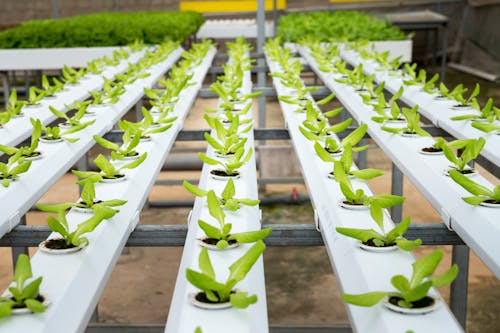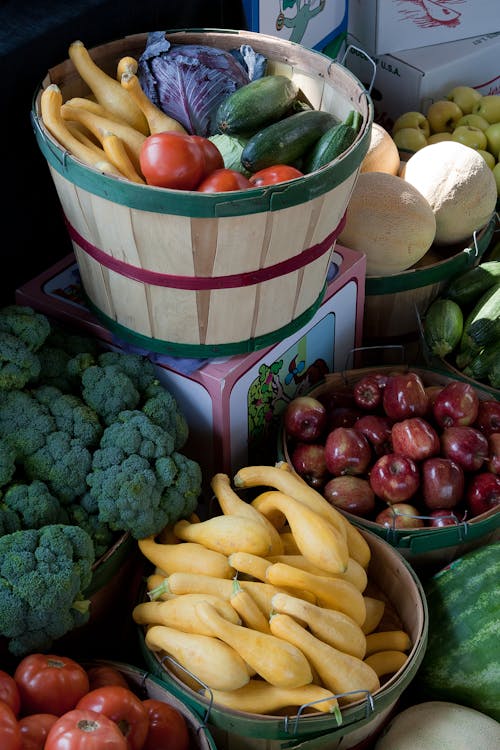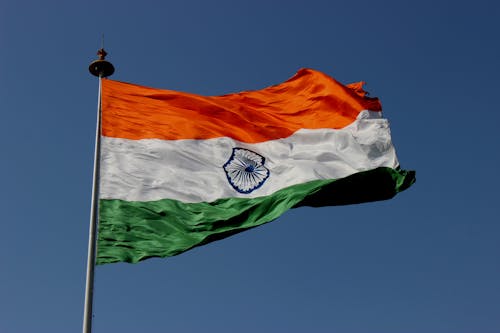India is a country with a population of over 1.3 billion people and a rapidly growing economy. With such high population growth, the country has been struggling to meet the food needs of its citizens. This rise in food demand has led to an increase in food exports from India. In this article, we will discuss the growth of food exports from India and some of the factors that have contributed to this trend.
India is the world’s fastest-growing major economy
India is also the world’s second-largest food producer and exporter. The country is expected to post a growth rate of 7.5% in 2016-17, making it the fastest-growing major economy in the world. The growth of food exports from India is a sign of the country’s economic progress and increasing global stature. The sector has been growing at an annual rate of about 10% for the past five years, and this trend is likely to continue in the near future. There are several reasons for this success.
First and foremost, India has a large and growing population that is increasingly affluent. This means there is an increasing demand for food products both at home and abroad. Additionally, India has become a key supplier of food products to Southeast Asia, Africa and other parts of Asia. Finally, India’s vast agricultural resources make it a leading exporter of agricultural goods.
There are some challenges, however, that Indian food producers must address if they hope to achieve even higher levels of export growth. For example, price competition from foreign producers is becoming more intense all over the world, which can lead to lower profits for Indian farmers. Also, improvements are still needed in infrastructure and other factors that affect trade flows.
India has a large agricultural sector
India is the world’s second-largest producer of foodgrain, with a total production of around 305.5 million metric tons in 2013-14. The country is also the world’s sixth-largest exporter of food grains, with export totalling around 27.8 million metric tons during fiscal year 2013-14. The country has been able to achieve this success despite a number of challenges, including a relatively low growth rate, high dependence on imports and an inadequate infrastructure. In spite of these limitations, India has made steady progress in diversifying its exports and expanding its market share.
The following are some key factors that have helped India grow its food exports:
– A large agricultural sector: India has a large agricultural sector, with a total production of around 305.5 million metric tons in 2013-14. This makes it one of the world’s leading producers of foodgrain.
– A diversified export portfolio: India has a diversified export portfolio, with both traditional and non-traditional exports accounting for a significant portion of the total exports. These include food grains, cotton textiles, leather goods and gems and jewelry.

The benefits of food exports from India
Indian food exports are on the rise, with a gradual increase in shipments over the past few years. According to the latest figures from the country’s trade ministry, food exports totaled $27.2 billion in 2017—an increase of 10% from 2016. The growth is attributed to a number of factors, including increasing consumer demand in key markets, improved logistics and infrastructure, as well as increased production capacity.
Indian food exports have also been increasingly diversified, with shipments of fruits, vegetables, nuts and spices constituting a growing share of total exports. In 2017, these products accounted for 63% of all food exports.
The benefits of India’s burgeoning food export sector are manifold. Not only does this contribute to overall economic growth, but it also creates better-paying jobs in rural areas and improves nutrition standards for consumers around the world. While there is still room for improvement—particularly in terms of quality control—the growth of Indian food exports is indicative of a strong and resilient economy that is poised for further success.
The challenges of food exports from India
The growth of food exports from India is a sign of the country’s growing economic power. India is now the world’s second-largest producer of food grains, after China. In 2016, food exports from India totalled $27.2 billion, ranking 11th in the world. The main destinations for Indian food exports are the European Union (EU), United States (US), Japan, China and South Korea.
Over the years, there have been several challenges to India’s food exports. One major challenge has been access to foreign markets. Until recently, India had very limited trade links with other countries, making it difficult for Indian food exporters to sell their products overseas. In addition, many Indian products have been labelled as “junk food”, which has made it difficult for them to compete with more popular foreign brands. However, over the past few years, the country has made significant progress in improving its trade relations. For example, in 2016, India signed free-trade agreements (FTAs) with both South Korea and China. This has made it much easier for Indian food exporters to sell their products overseas. Another challenge that Indian food exporters face is competition from cheap imports from other countries.

India exports food to many countries
The growth of food exports from India is a testament to the country’s agricultural potential and its ability to provide quality products. India is one of the world’s leading producers of rice, wheat, soybeans, pulses, cotton, sugarcane, potatoes and other vegetables. The country is also a major producer of livestock, poultry and eggs. The sector has been growing at a CAGR of around 10% over the past five years. In 2016-17, food exports reached $35.5 billion, registering an increase of 7% over the previous year. The main destinations of Indian food exports are the United States (22%), China (15%), Europe (12%) and South Africa (10%).
India has been able to capitalize on its strengths as a producer and distributor of food commodities by developing partnerships with international buyers. The country has also forged strategic relationships with key commodity exporting countries such as Brazil, Russia and Australia. These relationships have helped India to gain access to new markets and expand its export base. In addition, the government has created incentives for exporters such as reducing customs duties and facilitating export processing zones (EPZs).

India’s food exports are increasing rapidly
India’s food exports are rapidly increasing, and this is a good thing for both the country and the global market. India has a large population and an ample amount of farmland, so it is no surprise that the country is becoming a major player in the food trade. In 2015, India’s food exports reached $30.3 billion, which is an increase of 15.2% from the previous year. The main exported items are agricultural products, including fruits and vegetables, meat, dairy products, and spices. India also exports processed foods, textiles, and engineering goods.
The growth of India’s food exports is good news for both the country and the global market. India has a large population and an ample amount of farmland, so it is no surprise that the country is becoming a major player in the food trade. The increased demand for Indian products will help to stimulate economic growth in countries such as China and Brazil, which are major buyers of Indian food products. Additionally, the growth of India’s food exports will help to reduce poverty rates in India and around the world.
With this growing potential of the export market, it almost becomes essential for suppliers and manufacturers in India to tap into it. Technology here plays a key role in helping any such business seeker to build on the opportunity. How technology acts as an accelerator for Wholesale Businesses may help to get a better understanding as needed.



